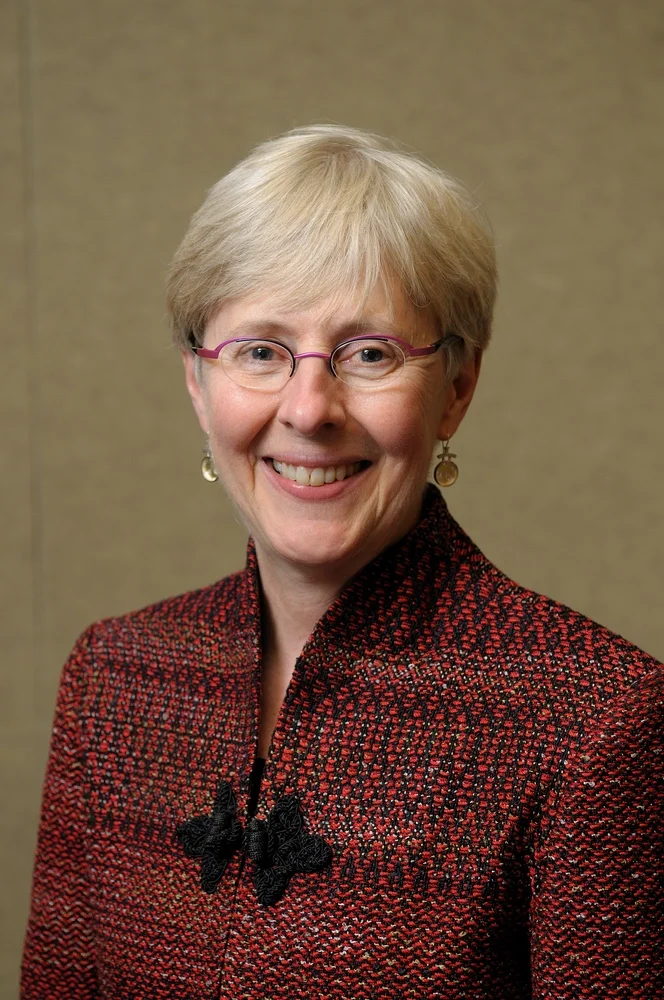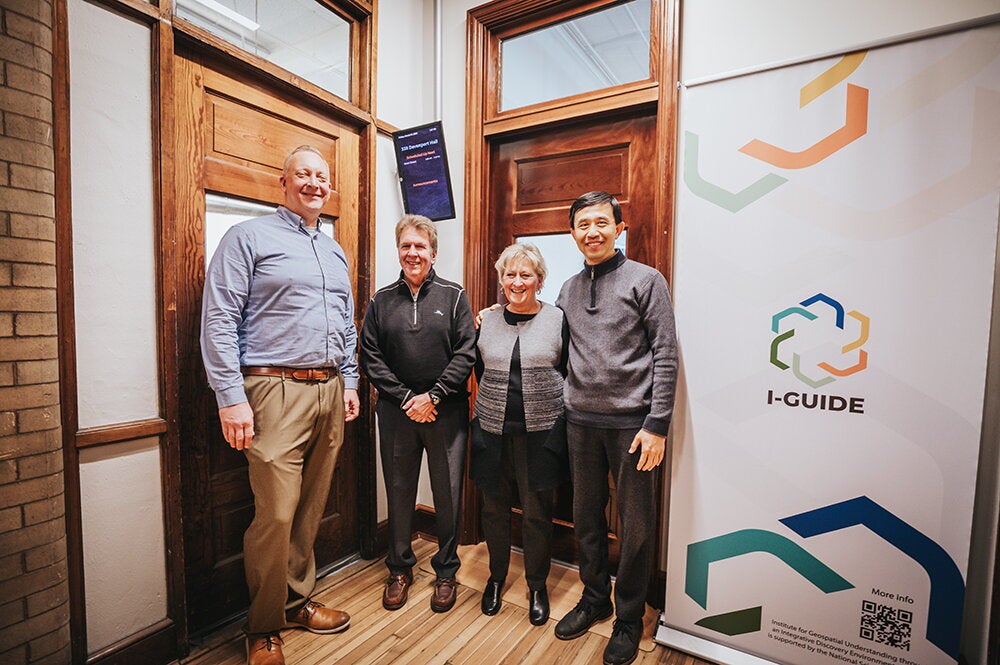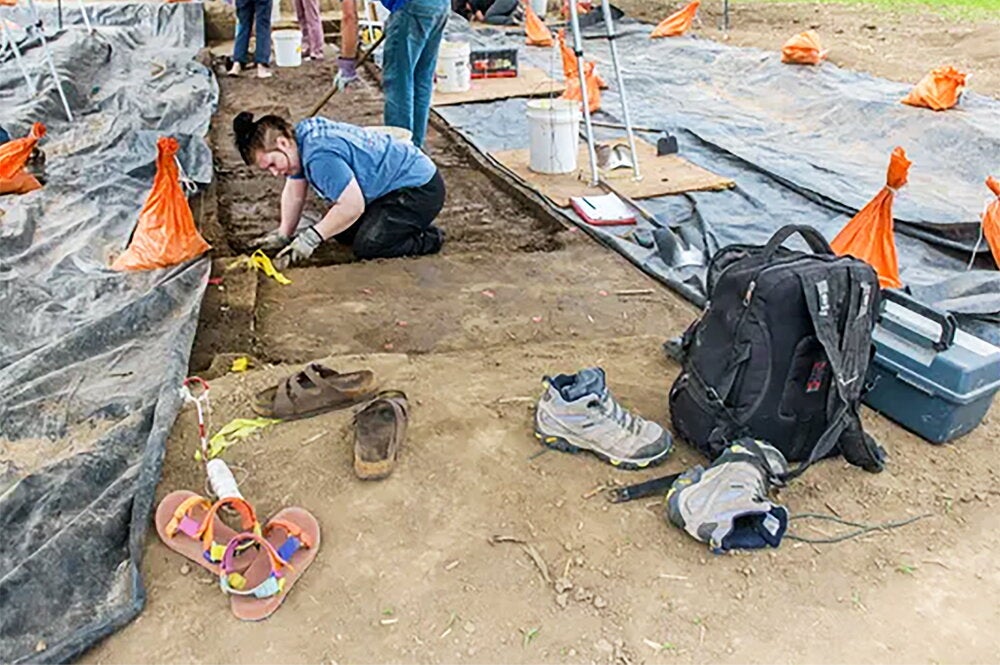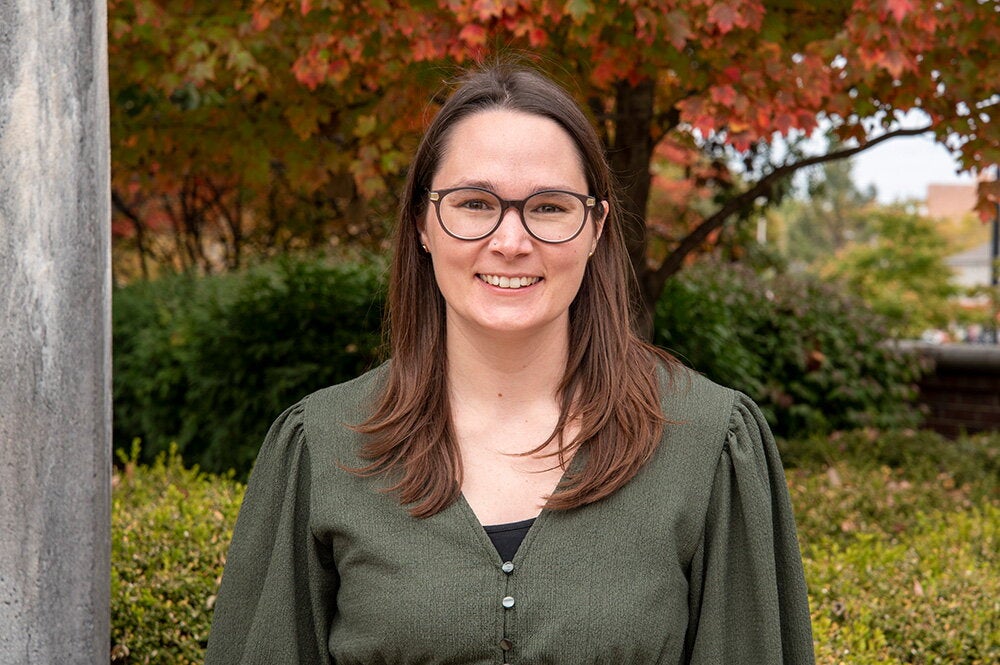
In 1983, Lynn Hartmann (AB, '70, English) was an intern at the University of Iowa Hospitals and Clinics; and like most interns, she was trying to choose a medical specialty—a decision that would set the course for the rest of her life.
“I remember seeing a woman with cancer who had been admitted to our hospital on a clinical trial,” Hartmann recalls. “She had already gone through treatment A and treatment B and treatment C, and I’m thinking, ‘This poor soul. What am I going to find when I enter her room?’ But when I entered, I found a very peaceful, very calm, very caring individual who was interested in me. She was alive and engaged, and my stereotype was not at all on par with who she was.”
This woman, and others like her, inspired Hartmann to enter oncology with a specialty in women’s cancers. Today, Hartmann is one of the nation’s leading experts in breast and ovarian cancer. She is a professor of oncology at the Mayo Clinic’s College of Medicine, co-leader of the Mayo Women’s Cancer Program, and associate director of education for the Mayo Clinic Cancer Center. She is also one of the 2009 winners of the LAS Alumni Achievement Award.
The road to Mayo Clinic was not a direct path for this Chicago native. Hartmann began as an English major at the University of Illinois, graduating from LAS in 1970; she even taught in a Montessori School before completely changing direction and entering the U of I College of Pharmacy.
“I truly loved the sciences, and after about a year in pharmacy school, I realized I wanted to go further—into medical school,” she says.
Oncology attracted her intellectually and medically. But she says the most important reason for choosing cancer medicine “was the privilege to work with people who are facing the greatest challenge that life can throw at them. It may sound trite, but it is truly inspiring.”
Hartmann says she is especially excited about “translational research”—the type of discoveries that have clinical applications, expanding options for patients. The Mayo Clinic is the ideal environment for this kind of work.
Ten years ago, for example, Hartmann and her team did landmark research at Mayo that found that prophylactic mastectomy—for individuals with high hereditary risk for breast cancer—reduced breast cancer risk significantly.
Since the early 1990s, genetic testing has been able to identify those patients who are at great hereditary risk for breast cancer. “But we had nothing to offer them at the time,” she says, and most insurance companies would not cover a prophylactic mastectomy. That is because the only research on the surgery, conducted with lab rats, appeared to show that the procedure did not prevent cancer in breast tissue.
The Mayo Clinic had been a referral center for prophylactic mastectomy over the years, so Hartmann’s team went back to these women to find out what had happened to them. This was much more efficient than conducting a 15-year study tracking women into the future.
This “retrospective cohort” study, the first of its kind to examine such a question, found that the prophylactic surgery prevented over 90 percent of breast cancers in women with hereditary risk, and the procedure has since been covered by insurance companies. The study also inspired researchers to conduct similar retrospective studies in other areas, such as colon and ovarian cancer.
Today, Hartmann is working on better ways to predict who is at risk of developing breast cancer. The current “Gail model” collects good information but is limited in accuracy. So Hartmann has been finding ways to save and study breast tissue removed from women who previously had benign breast biopsies.
“The ability to view a tissue at risk, such as in the cervix (Pap smear), colon, and esophagus, gives the most reliable information about future cancer risk,” Hartmann says. “So there’s really rich information in these breast tissue samples.”
As one example of this approach, Hartmann and her team are studying the status of normal breast lobules present in a biopsy. Lobules produce milk during breastfeeding and are supposed to regress after childbearing age. In disease, these same structures give rise to breast cancer.
By examining tissue samples, Hartmann and her team found that regression of the lobules can stall, increasing the risk of breast cancer. So they are studying women in different stages of “lobular regression,” looking for some hint of what could be going wrong. This could provide clues to how breast cancers form, while also improving risk prediction.
Hartmann has not done as much direct research on ovarian cancer, but she has overseen many projects that deal with it. Most recently, she was named director of Mayo’s new Ovarian Cancer SPORE (Specialized Program of Research Excellence)—one of only five such programs in the United States and the first in the Midwest.
The goal of this massive project is to look for new therapies for ovarian cancer, which Hartmann says has traditionally been overlooked.
“Despite being the most lethal of women’s cancers—it has the highest mortality rate—ovarian cancer has been relatively understudied,” she says. One reason is that it is not as common as breast or uterine cancer. The other, more tragic reason is that there are fewer advocates for ovarian cancer research because there are fewer survivors.
Although there have been advances in chemotherapy for ovarian cancer, the cure rate has not changed significantly for decades. The new ovarian program at Mayo will initially explore four new treatment methods, the most novel project being one that uses the measles virus to combat the cancer.
“What keeps me fresh after all of these years,” she says, “is being part of the future, developing new options, so that five years from now we’re not doing the same thing, not offering the same methods of diagnosis and treatment. What also keeps me fresh is that I’m still meeting patients who absolutely take my breath away.”


